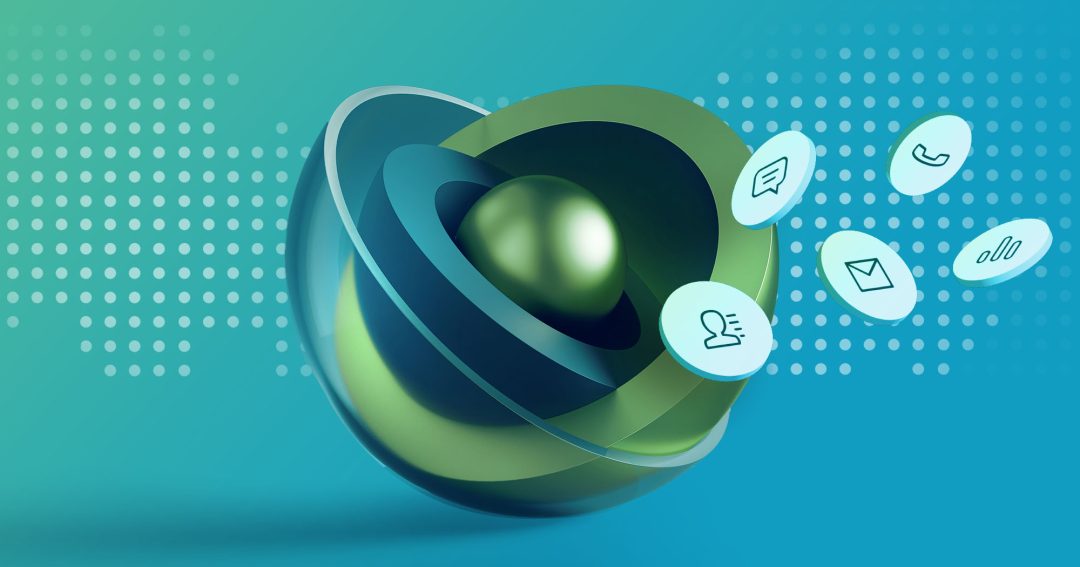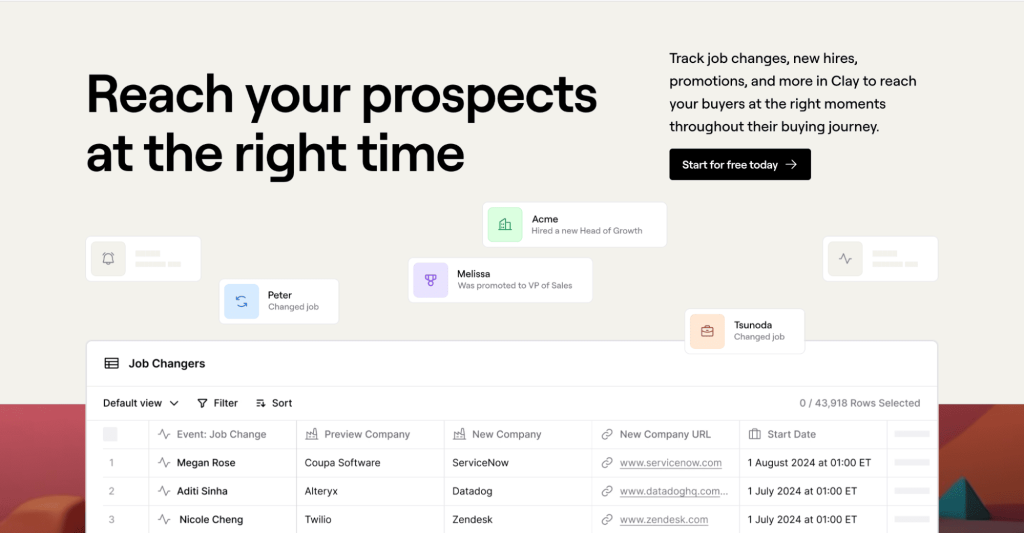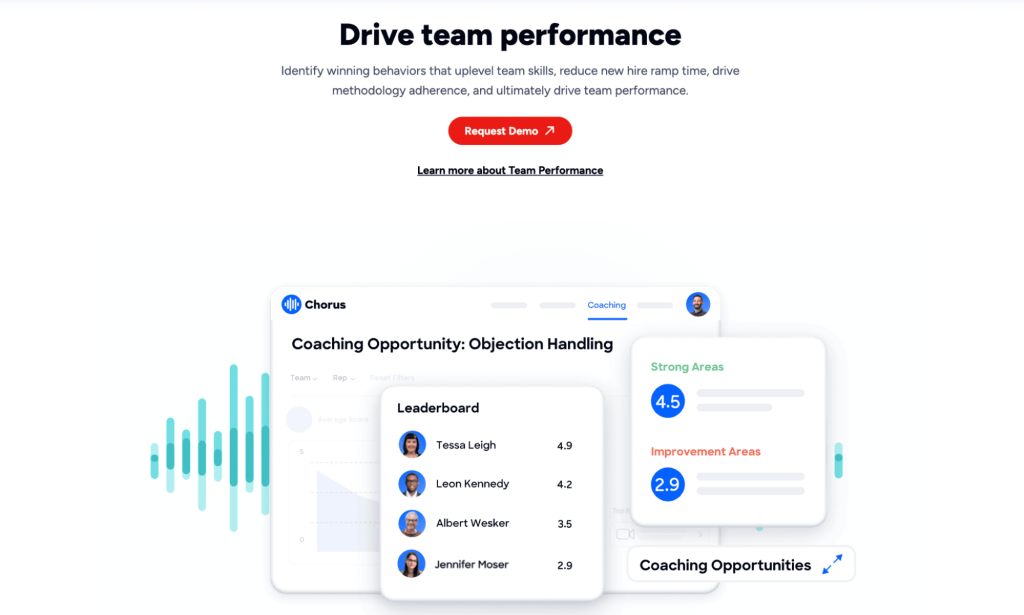One of the biggest challenges salespeople face nowadays is balancing personal relationships with prospects and the increasing pressure for speed and efficiency brought by modern technology and data-centricity. As a result, AI is now leading the charge on how sales teams operate.
Perhaps most noteworthy has been the rise of virtual sales assistants—technology that, although has existed for several years in the market, is astonishingly far more powerful today because of AI.
Countless premium tools have transformed from basic automation platforms into powerhouse AI assistants, having the potential to drive productivity and performance in unprecedented ways.
From lead generation to personalized outreach at scale and real-time coaching, virtual sales assistants enable both efficiency and effective competition for businesses. For smaller teams, they equalize the playing field, offering capabilities that were previously reserved for large enterprises with deep resources.
In this article, we’ll dive into the world of virtual sales assistants, exploring what they are, how they work, the unique value they bring to a sales team, and what types are available in today’s market, helping you choose the right solution for your team.
What is a virtual sales assistant?
Before we begin, let’s talk about the elephant in the room. ‘Virtual sales assistant’ may mean two things—it traditionally referred to human sales assistants who worked remotely to provide support to sales teams, oftentimes contractors rather than employees.
However, these days, and especially in the modern age of AI, the meaning has changed. Nowadays, this term defines specialized software designed to support and automate sales.
Well, what exactly is a virtual sales assistant?
The virtual sales assistant is an AI-driven automation software designed to augment a sales team by executing key activities of the job, helping them achieve better operational efficiency.
They offer an extra pair of hands for sales teams to overcome workload congestion, automate time-consuming and monotonous tasks, and free up sales reps’ time to prioritize building and maintaining relationships with potential and existing customers.
It’s like getting a digital member to your sales team, one who is always on and super-efficient with no fatigue or vacation days when your deadlines are missed.
Key use cases of virtual sales assistants
Modern virtual sales assistants are not all the same in terms of functionality, given that they each focus on one or multiple sales processes.
So, for instance, your sales team could have one sales assistant that finds targeted leads and enriches their customer profiles and another one that automates personalized outreach at scale.
If you take it a step further, you can opt for the more advanced virtual sales assistants like AI SDRs that flawlessly handle numerous tasks and continuously improve over time, but more on that a bit later.
For now, let’s take a look at the most common use cases for virtual sales assistants:
- Inbound lead generation → These tools capture leads from inbound sources, such as your website or email inquiries, and qualify them based on their behavior and how well they fit your customer profiles. Using visitor behavior and engagement patterns, they can identify prospects with high intent and seamlessly add them to your sales pipeline.
- Outbound prospecting → Probably the most common use case, this is where a sales virtual assistant specializes in connecting with potential clients through personalized outreach. They often find relevant prospect data, act as sales email assistants to craft personalized outreach messages, and even create multichannel sequences with email, LinkedIn, and SMS touches while ensuring all prospects are followed up with and properly engaged at all times.







